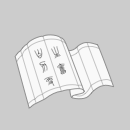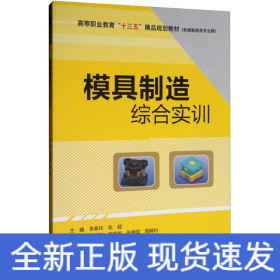
如何通过课堂活动教语法(第二版)(剑桥英语课堂教学系列)
全新正版 极速发货
¥ 32.27 6.7折 ¥ 48 全新
库存3件
广东广州
认证卖家担保交易快速发货售后保障
作者Penny Ur
出版社外语教学与研究出版社
ISBN9787521333046
出版时间2022-01
装帧平装
开本其他
定价48元
货号1202600577
上书时间2024-09-05
- 最新上架
商品详情
- 品相描述:全新
- 商品描述
-
目录
Contents
Thanks and acknowledgements xiii
Introduction 1
Part 1: Background theory and guidelines 3
1 Grammar 3
What is grammar? 3
The grammar practised in this book 3
The place of grammar in language teaching 4
2 Practice 6
Validity 6
Quantity 7
Success-orientation 7
Heterogeneity 8
Interest 9
Summary 10
3 Activities 11
Features of activity design 11
Practical tips 24
Part 2: Activities 27
1 Adjectives 27
1.1DJECTIVE BEFORE THE NOUN 27
1.1.1 Guessing adjectives 27
1.1.2 Inserting adjectives 28
1.1.3 The same tastes 29
1.1.4 Adjective poem 31
1.2 COMPARISON OF ADJECTIVES 32
1.2.1 Adjectives on the Internet 32
1.2.2 Brainstorming comparisons 33
1.2.3 Bigger, better, faster! 36
1.2.4 Circle comparisons 37
1.2.5 Preferences 39
1.2.6 Which is heavier? 40
1.3 ADJECTIVES AFTER BE OR OTHER
COPULAR VERBS 42
1.3.1 Guessing by description 42
1.3.2 Not what it seems 43
2 Adverbs 44
2.1 MANNER ADVERBS 44
2.1.1 How can you do it? 44
2.1.2 Miming adverbs 45
2.2 FREQUENCY ADVERBS 47
2.2.1 Frequency surveys 47
2.2.2 What do you do when ...? 49
3 Conditionals 50
3.1 Finishing conditional sentences 50
3.2 Chains of events 52
3.3 Superstitions 53
3.4 Justifying actions 54
3.5 Looking back 56
3.6 I wish ... 57
4 Future tenses 59
4.1 FUTURE WITH GOING TO 59
4.1.1 Mickey’s diary 59
4.1.2 Finding a time to meet 62
4.1.3 Future of a picture 63
4.1.4 Mime continuation 67
4.2 FUTURE WITH WILL 68
4.2.1 Future of an object 68
4.2.2 How will the story end? 69
4.2.3 Horoscopes 70
4.2.4 The world tomorrow 7?
4.3 THE FUTURE PERFECT TENSE 72
4.3.1 By six o’clock 72
5 Imperatives 73
5.1 Please! 73
5.2 Directions 74
5.3 Recipes 76
5.4 Dos and don’ts 77
5.5 Symbols 78
5.6 Suggestions 80
6 Indirect speech 81
6.1 INDIRECT STATEMENTS AND QUESTIONS 81
6.1.1 Can you remember what they said?
内容摘要
本书是《如何通过课堂活动教语法》的第二版,作者继续秉持"服务一线英语教师,提供生动实用的语法教学方法"的初心,列举了近200种新颖、有趣、实操性强的课堂活动和案例,详解中小学阶段的语法要点,让语法教学交际化,游戏化,生活化,达到事半功倍的效果。此外,本书还可通过扫码获取大量课堂活动材料,方便教师教学。本书从英语教师语法教学的实际需求出发,为教师们提供了一系列全新的课堂实践活动,相信不管是对英语教师还是英语教学研究者来说都极具参考价值。
主编推荐
本书是"Learning in Doing?剑桥英语课堂教学系列"中的一本,由具有丰富课堂教学经验的一线教师撰写,作者力
图打破"教语法只能是枯燥的"这一误区,为教师们提供了近200种有趣的、生动的语法实践活动,让语法教学生活
化、交际化。全书语言简明实用,贴近课堂实际,对英语教师、英语教育研究者来说是一本极具价值的参考书。
— 没有更多了 —
















以下为对购买帮助不大的评价